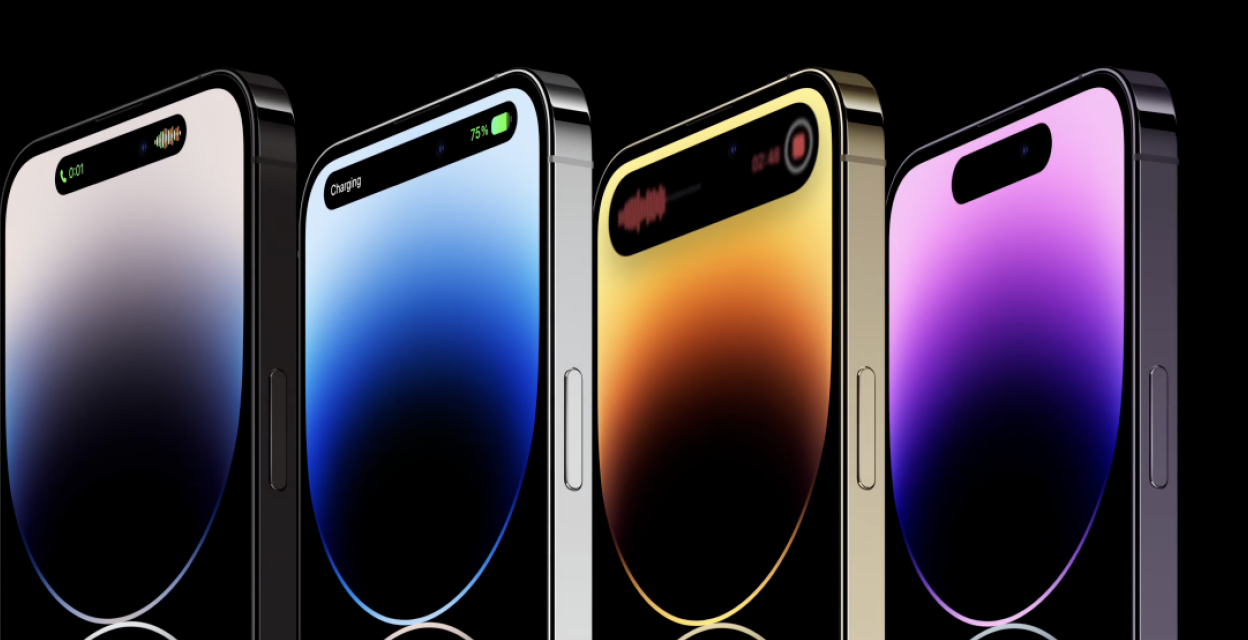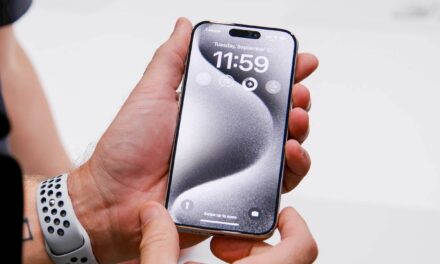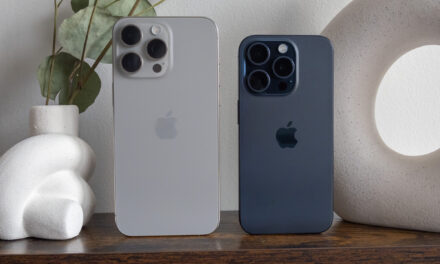By now we all understand the benefits of a mobile device with a folding screen. When folded, it can be as compact as a smartphone (or even the clamshell cellphones of yesteryear) making it easy to carry in a pocket, and when opened, it provides twice the screen real estate, making videos more immersive and web pages look like they do on a computer.
Screens that can fold in half without breaking seem utterly futuristic, but they’re not completely resilient, and after a while, flexible OLED panels will start to show creases and other damage. That’s probably a big reason why Apple doesn’t offer a folding screen device yet, but there are other compromises that come into play as well on a device that essentially splits in half when folded, as the hardware hackers behind the YouTube channel, The Aesthetics of Science and Technology, discovered.
For the record, we haven’t had the opportunity to see or test this custom-built folding iPhone in person, and this 17+ minute video could very well be an elaborate prank. Faking iOS running on an existing folding screen device is a lot easier than building a folding iPhone, and there are a few steps in this video that are quickly glazed over, such as the complexity of re-arranging the electronic guts of an iPhone so that it fits inside the two halves of a folding shell, without iOS getting upset about the considerable amount of hardware modifications needed. But hacking an iPhone is far from impossible, and we’re inclined to believe this impressive hack is real, even if the results are not a device for everyday use.
The bifurcated iPhone’s body was created through a combination of custom 3D-printed components and parts salvaged from a pair of folding Motorola Razr smartphones whose hinge mechanism leaves about seven millimeters of space inside.
That was important because instead of designing and engineering a custom OLED screen for their folding iPhone, which is what companies like Samsung do for improved durability, these hardware hackers repurposed the static screen from an iPhone X. Making it flexible enough to fold in half required the various layers of the screen to be separated, allowing the rigid glass panel in the front, and the 3D touch layer below, to be completely removed. That step sounds simple enough, but it was actually the hardest part of this hack, requiring 37 original iPhone X screens before they successfully got all the layers separated without causing any damage.
The final device, which the hackers call the iPhone V 0.1 because of how sketchy it turned out, works, but required the use of a much smaller battery, just a single speaker, and both MagSafe and wireless charging to be sacrificed. Its screen, and some of the custom wiring inside needed to accommodate the hinge, is extremely fragile, and this first attempt is more or less a display piece, as it probably wouldn’t survive a regular day’s use.
Through an iOS jailbreak, they did customize the iPhone’s operating system so that it was more compatible with a folding screen, including splitscreen capabilities, but don’t expect this team to go into business making folding iPhones. If the hack wasn’t already expensive enough, the response from Apple’s legal team would be.
This content was originally published here.






Recent Comments